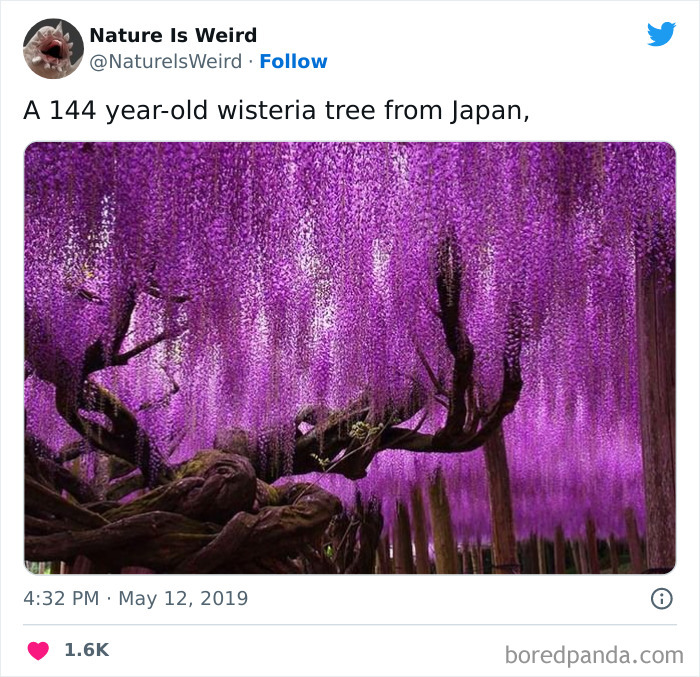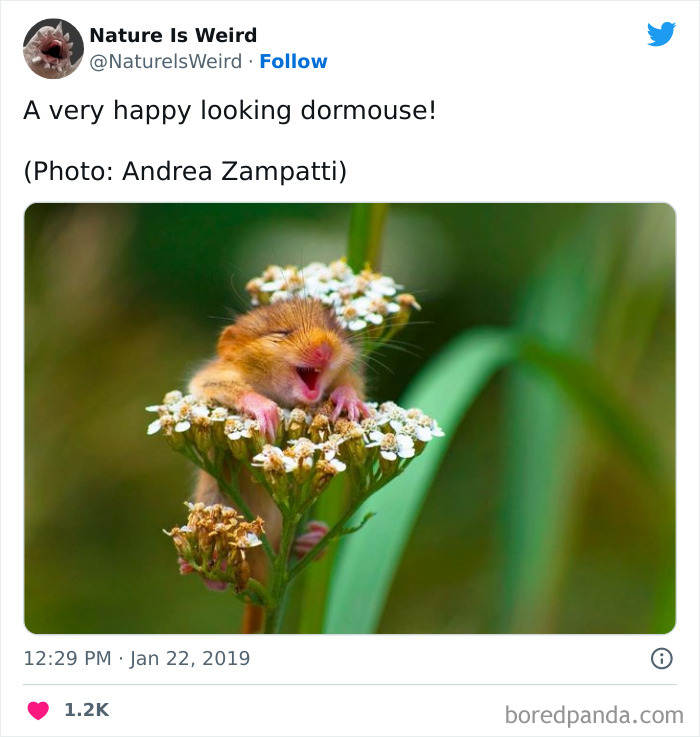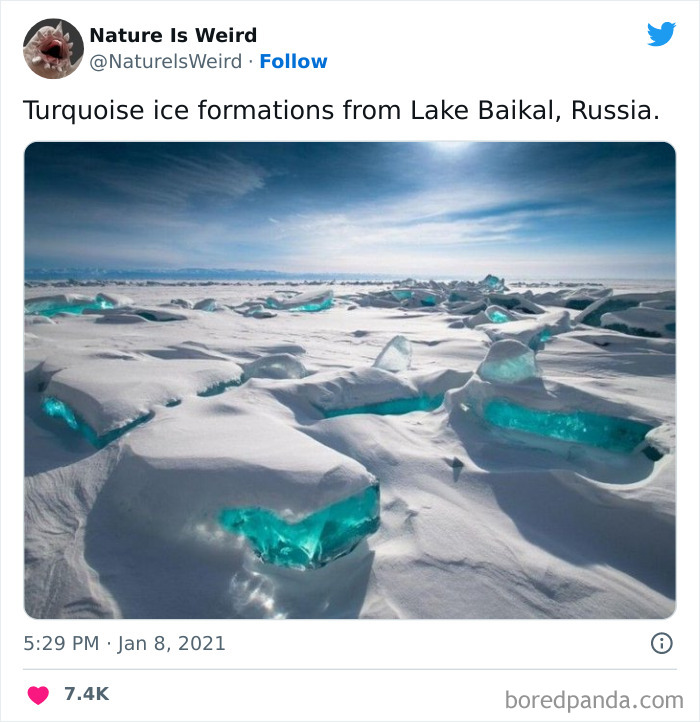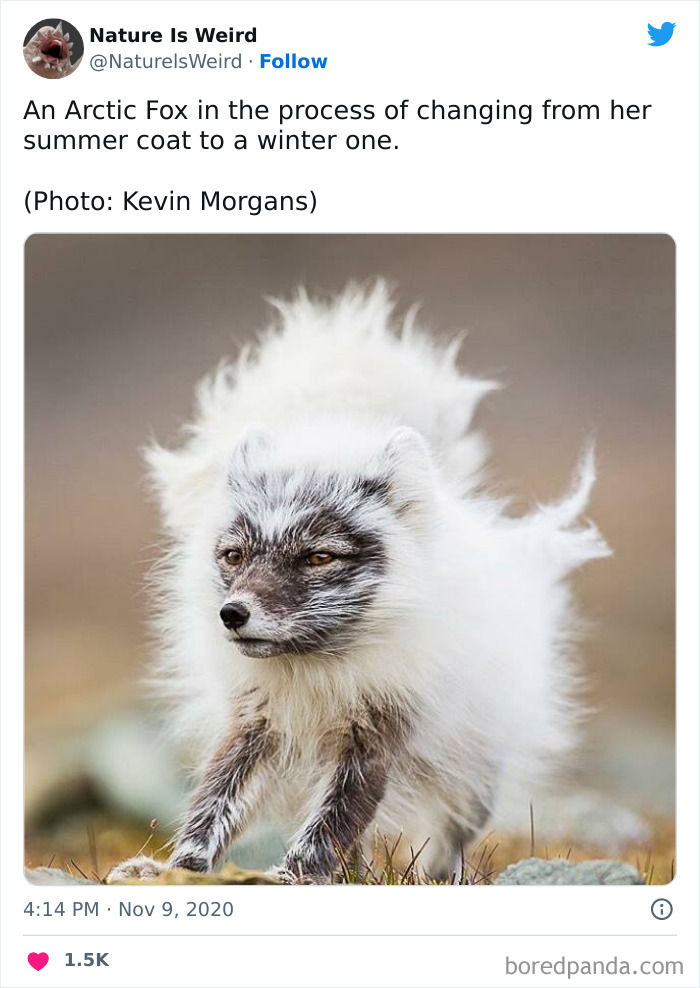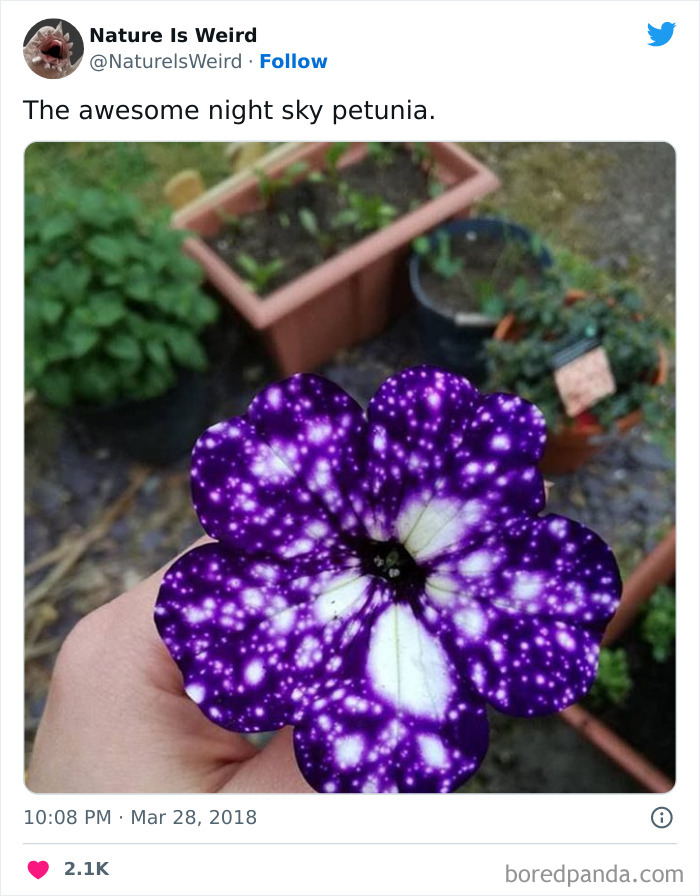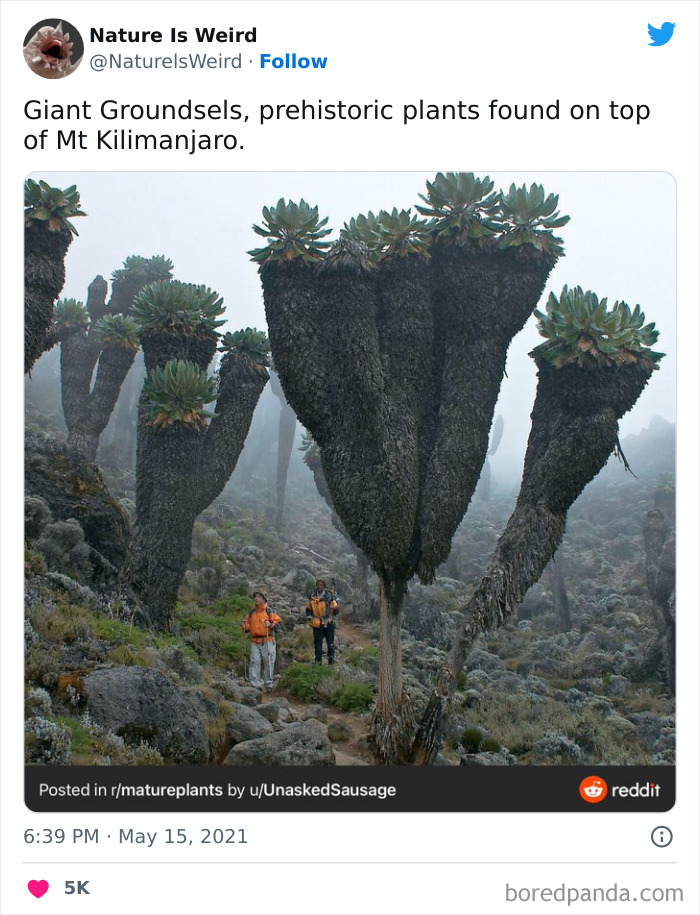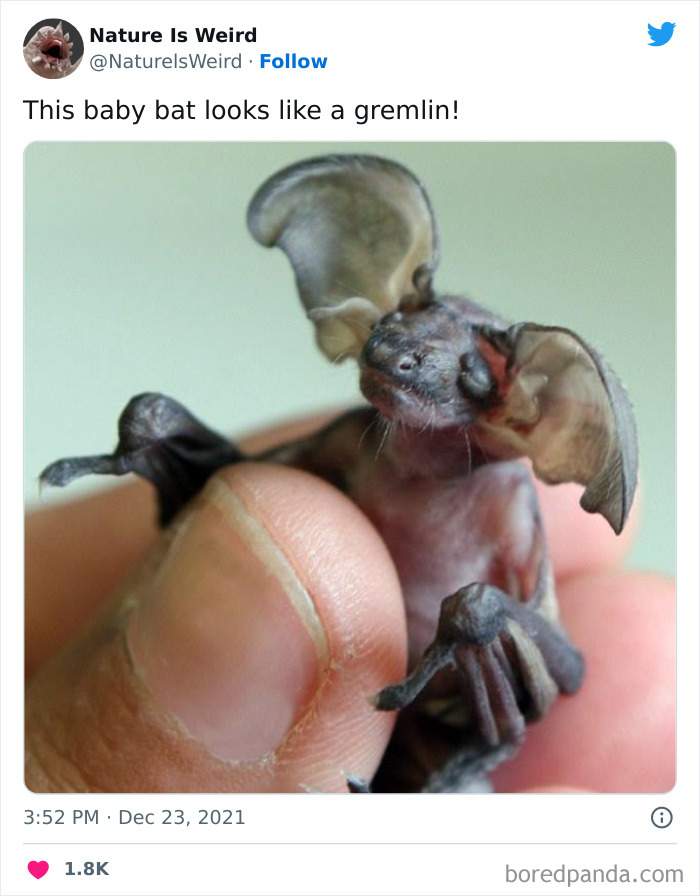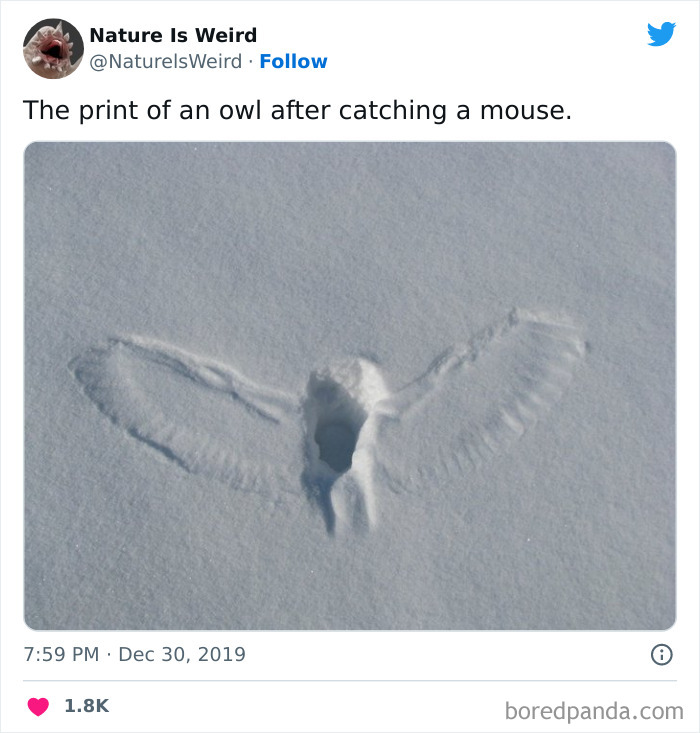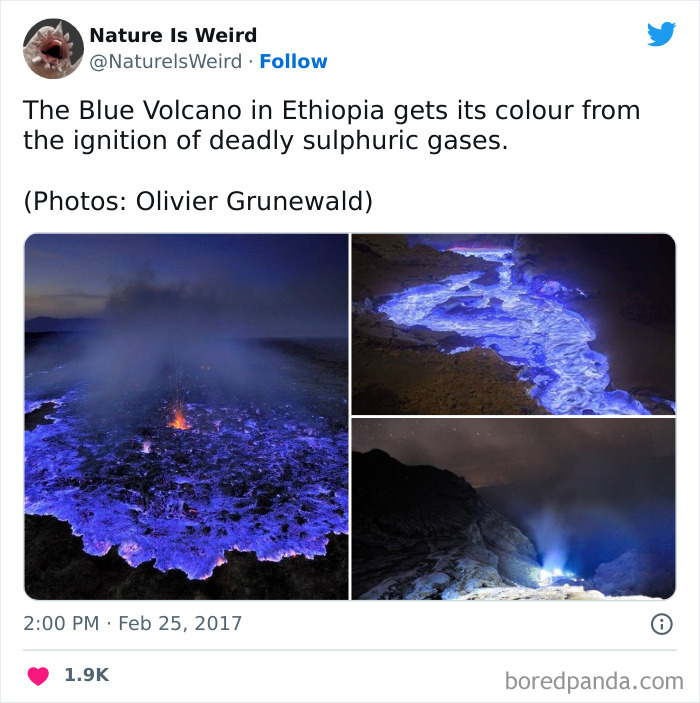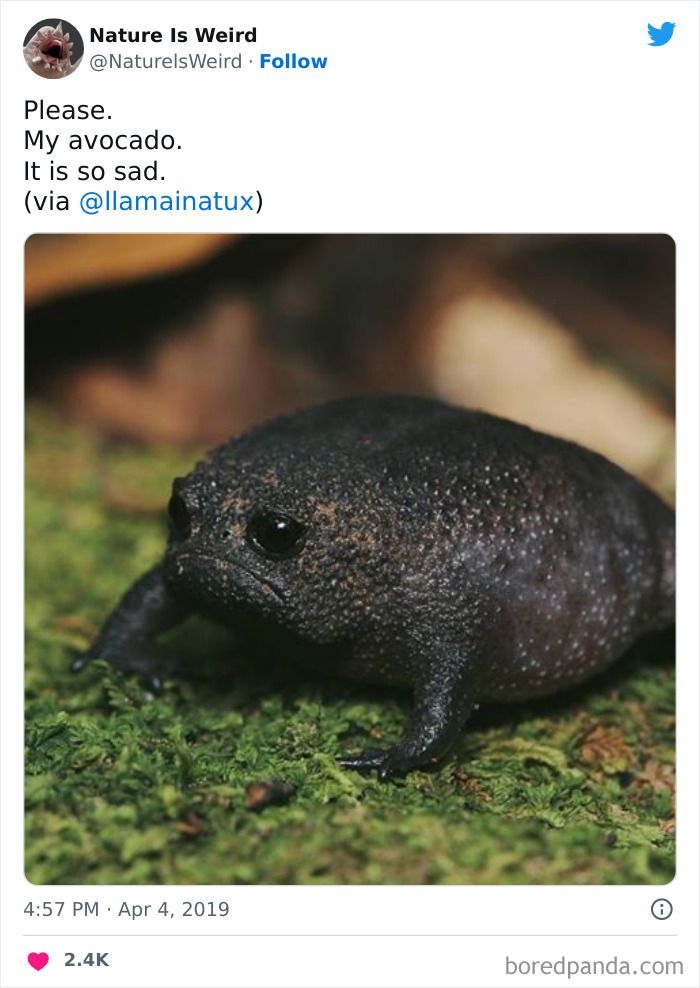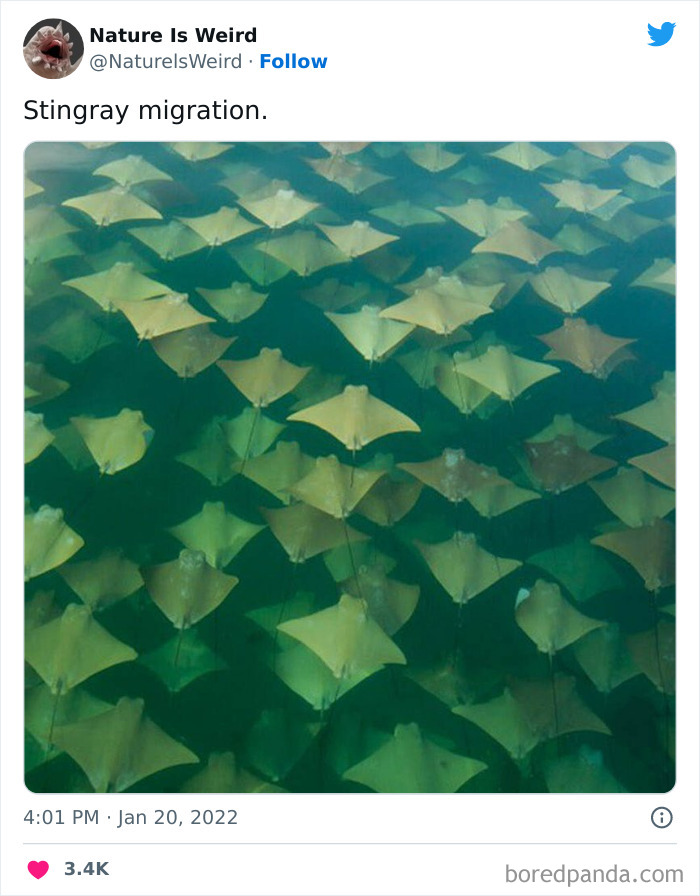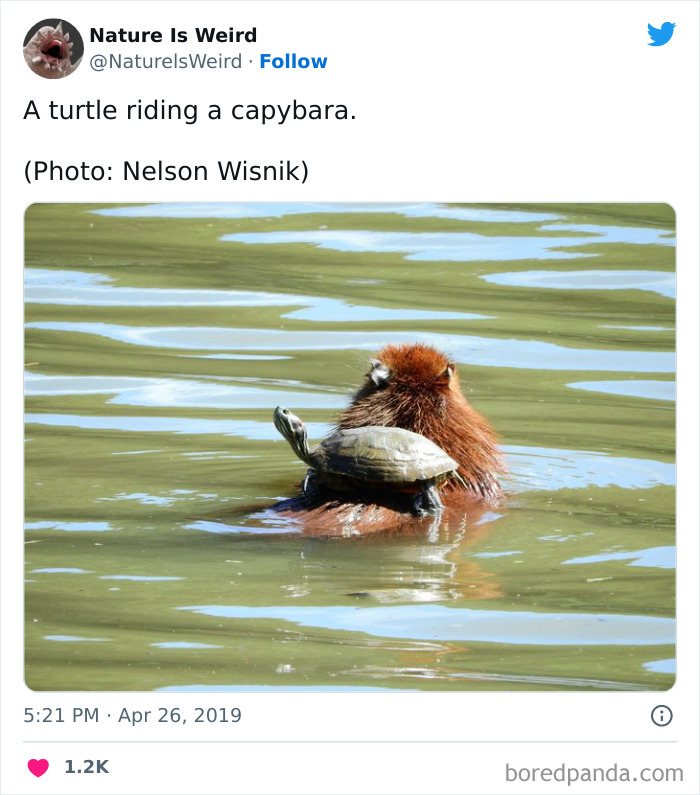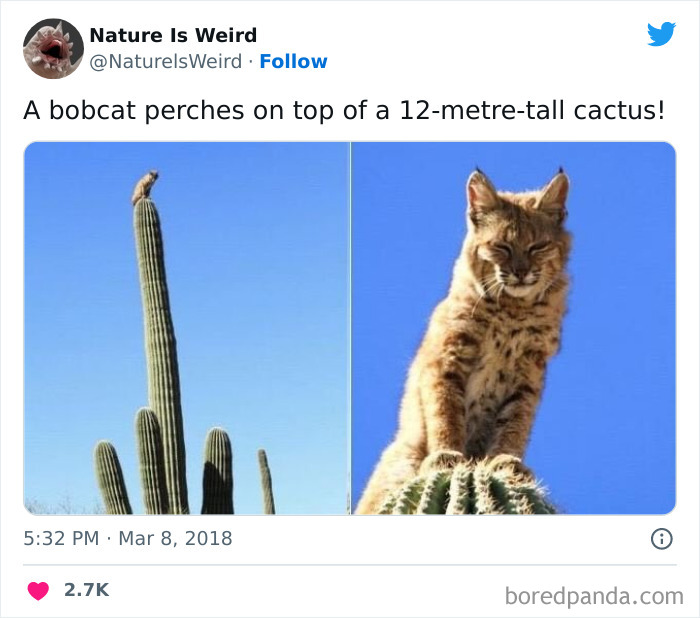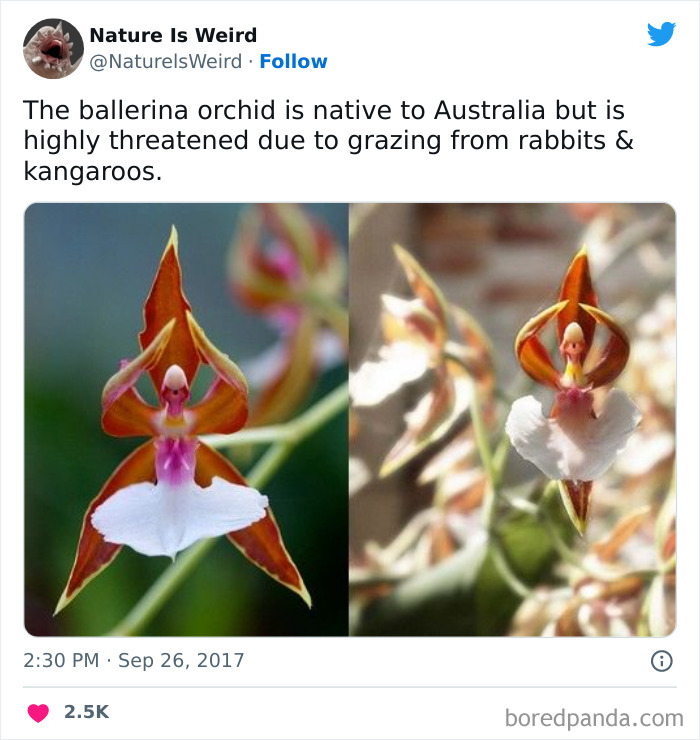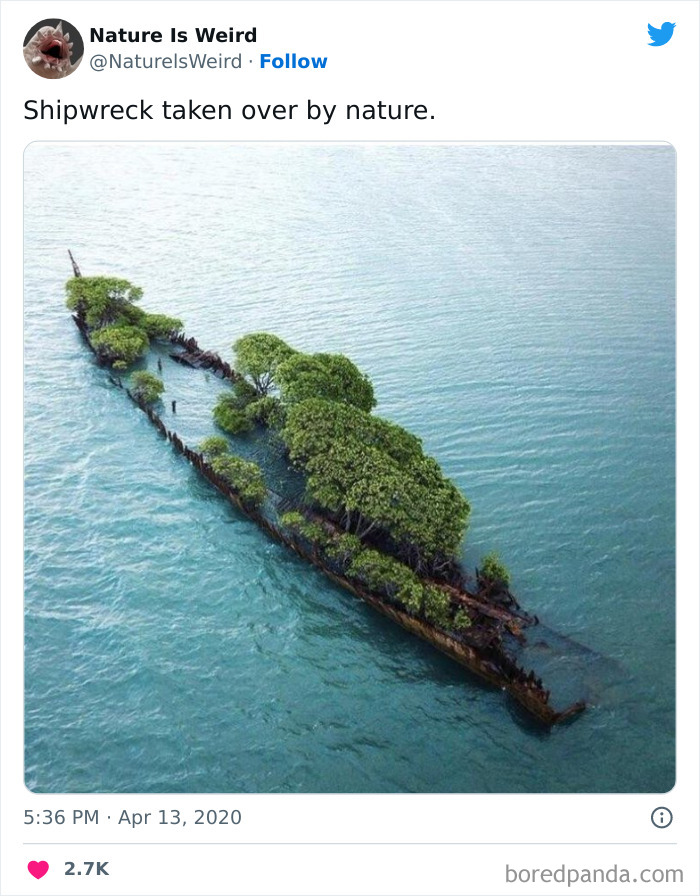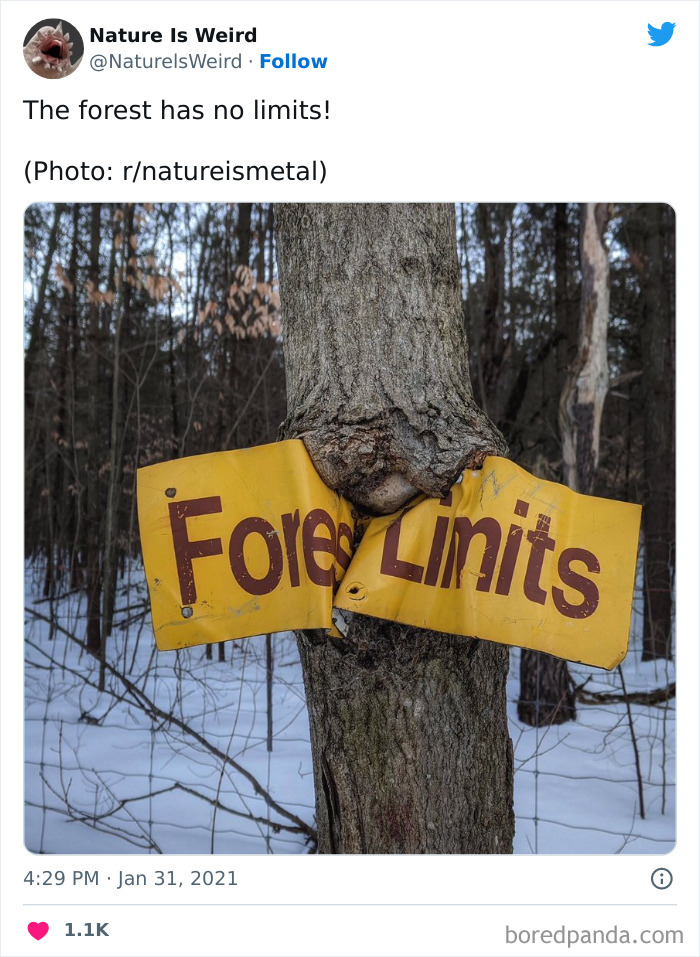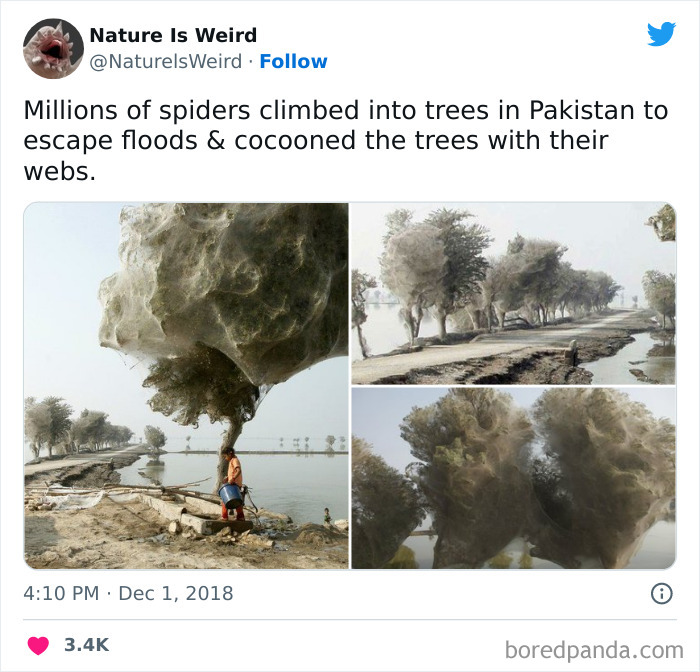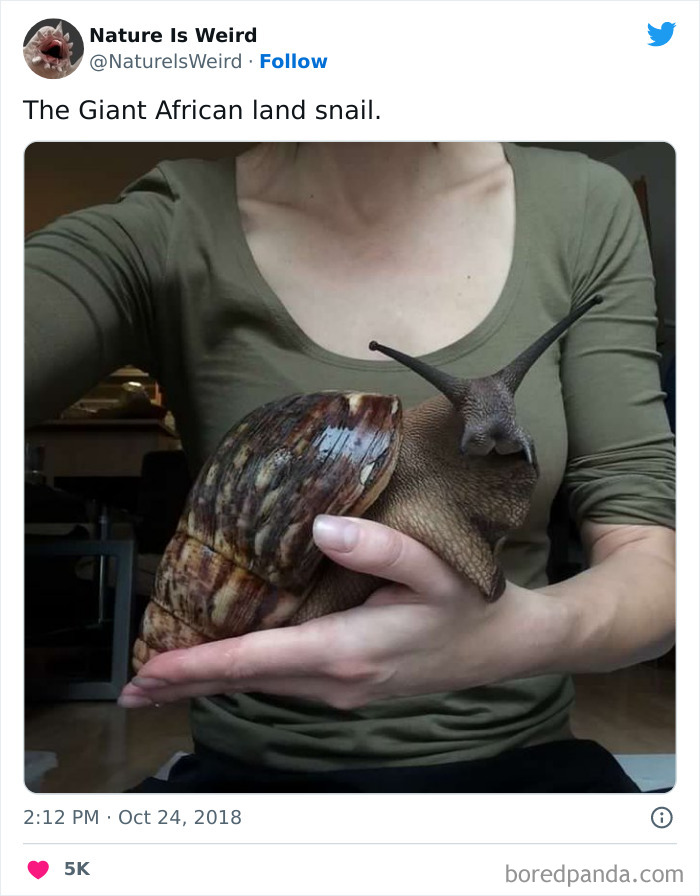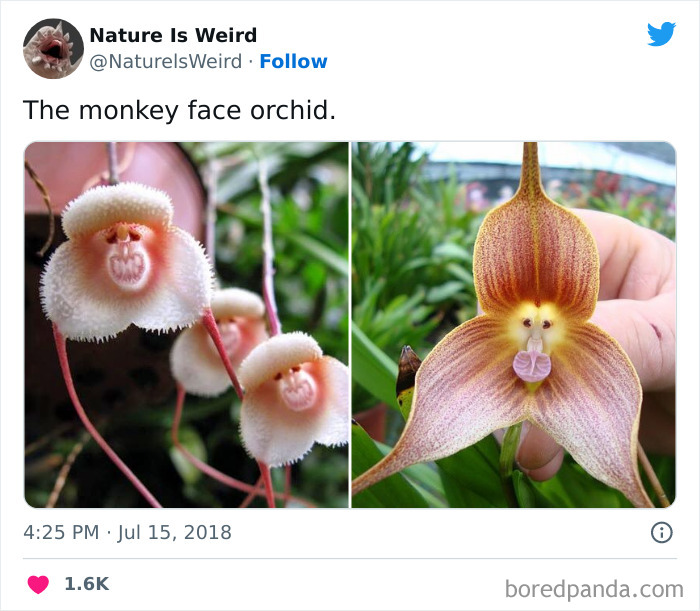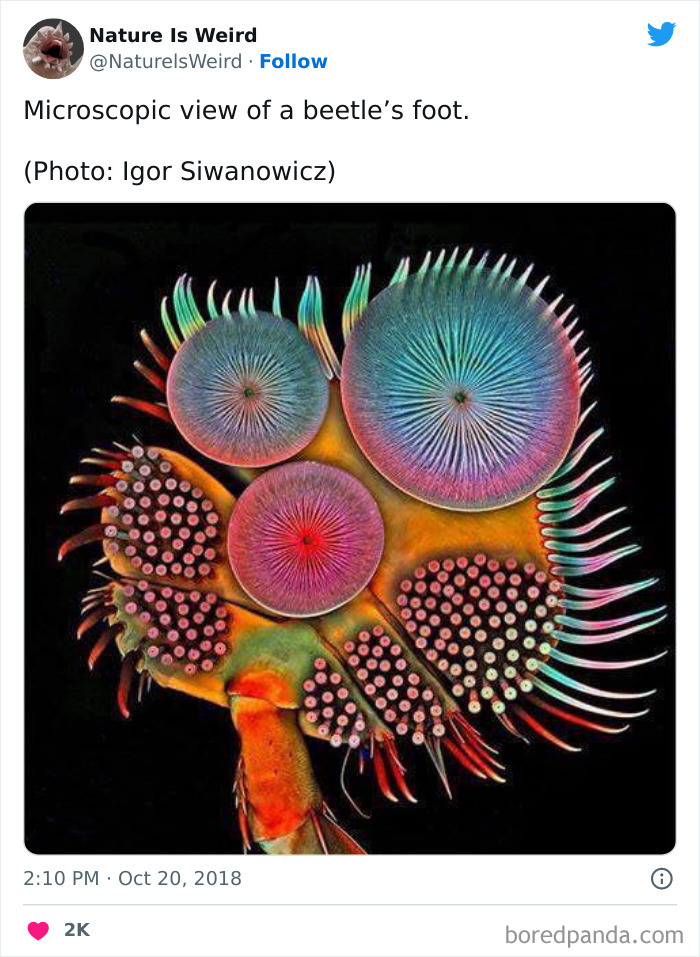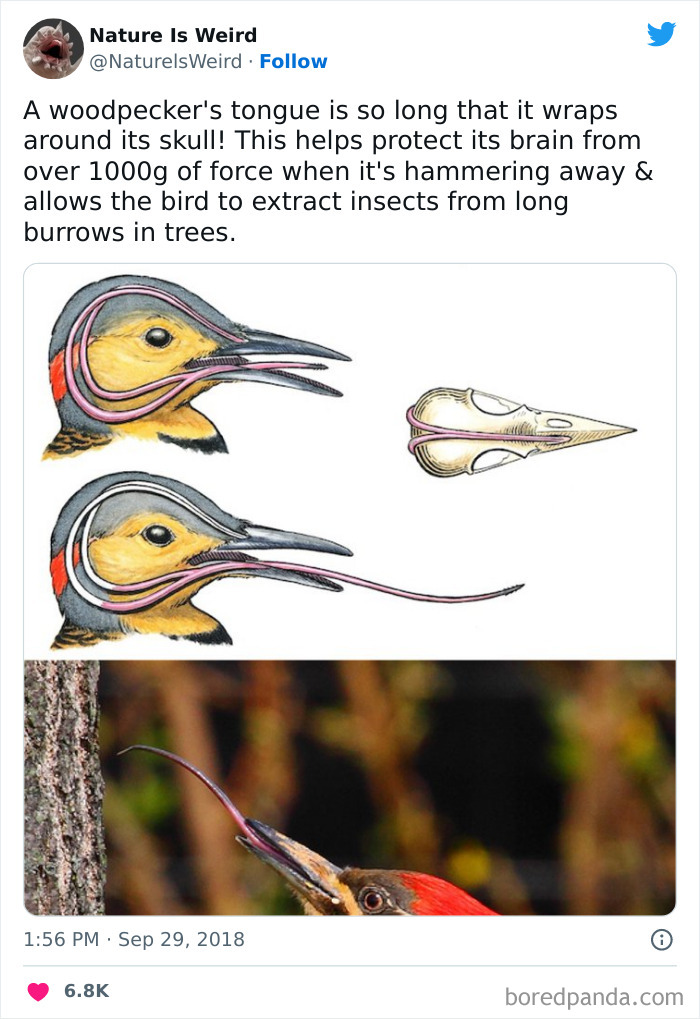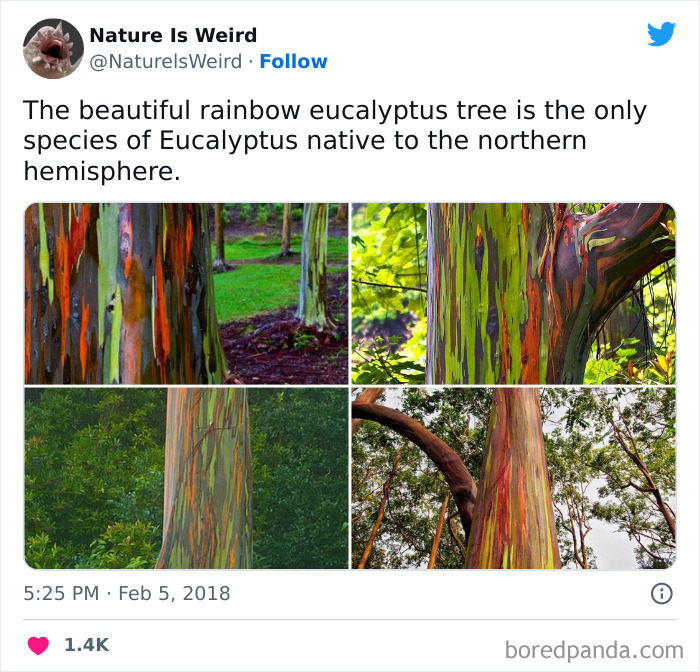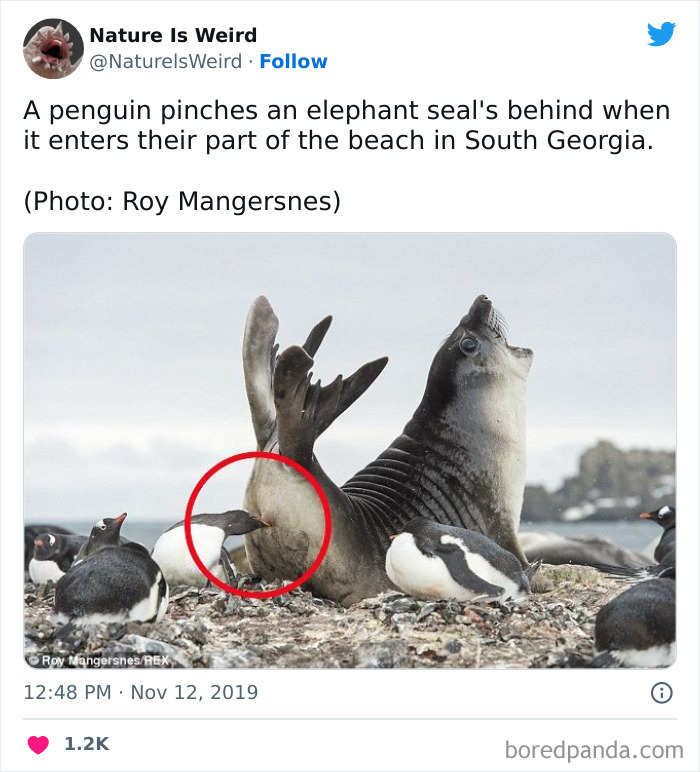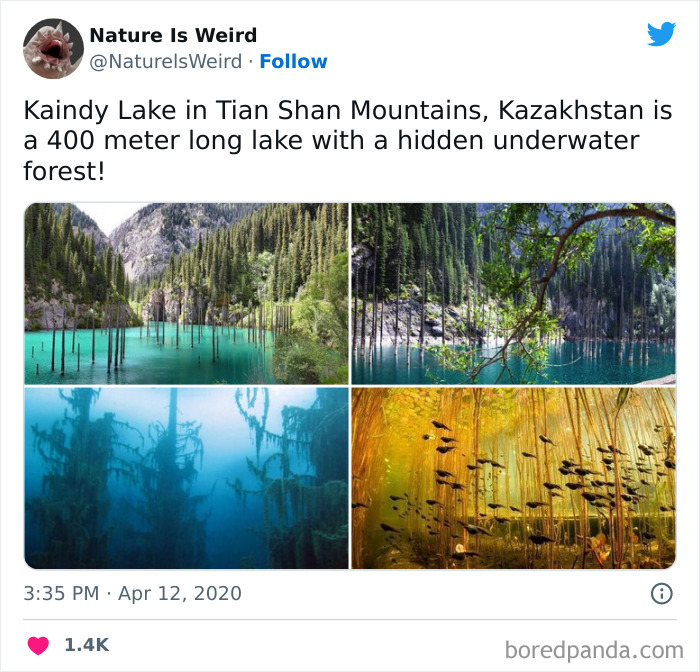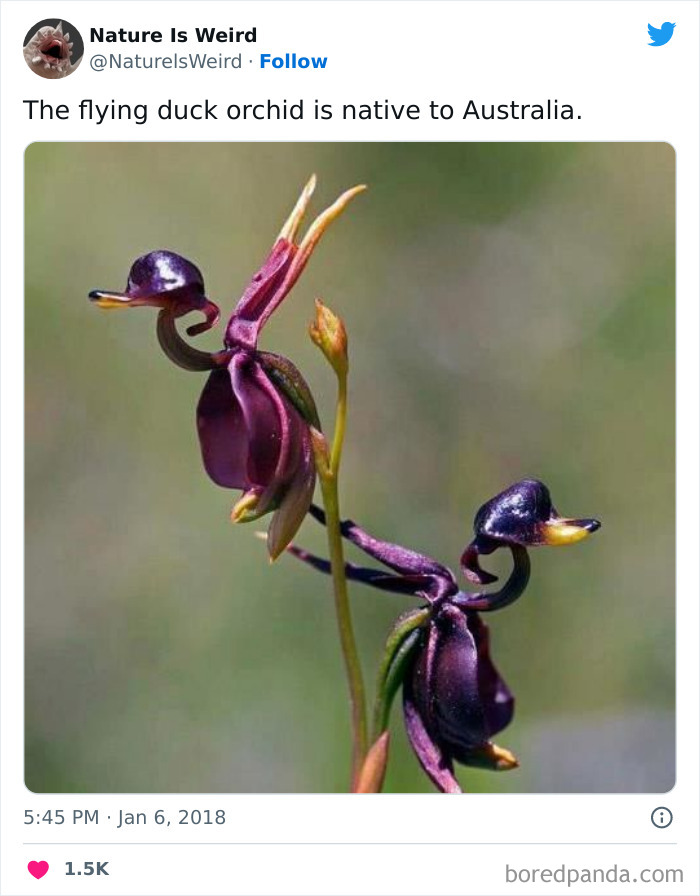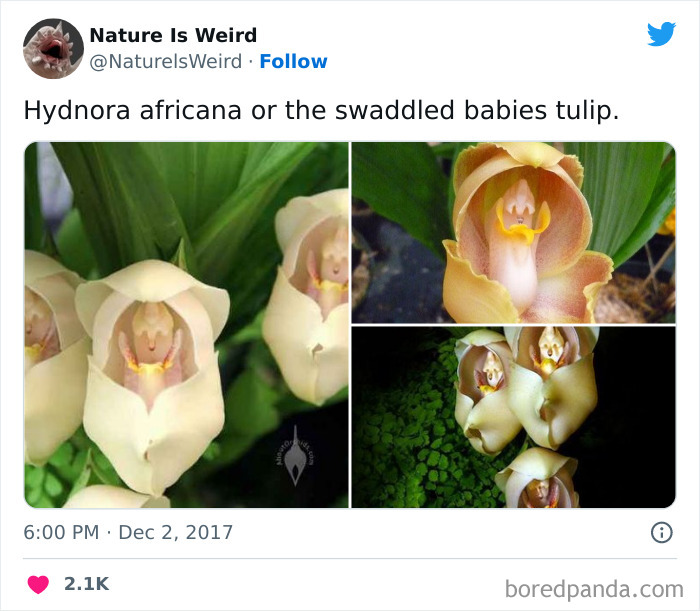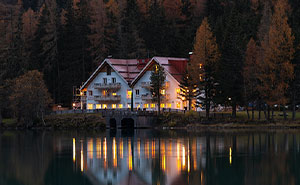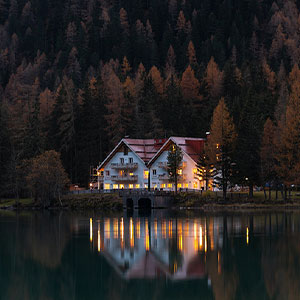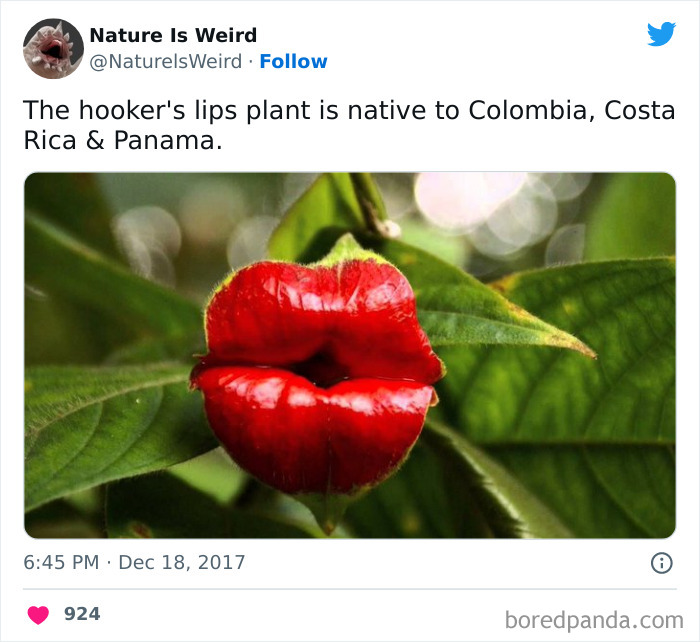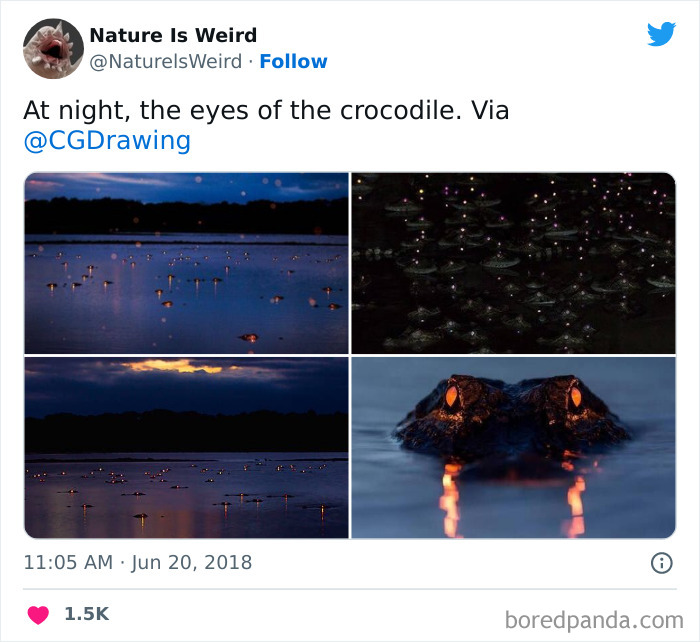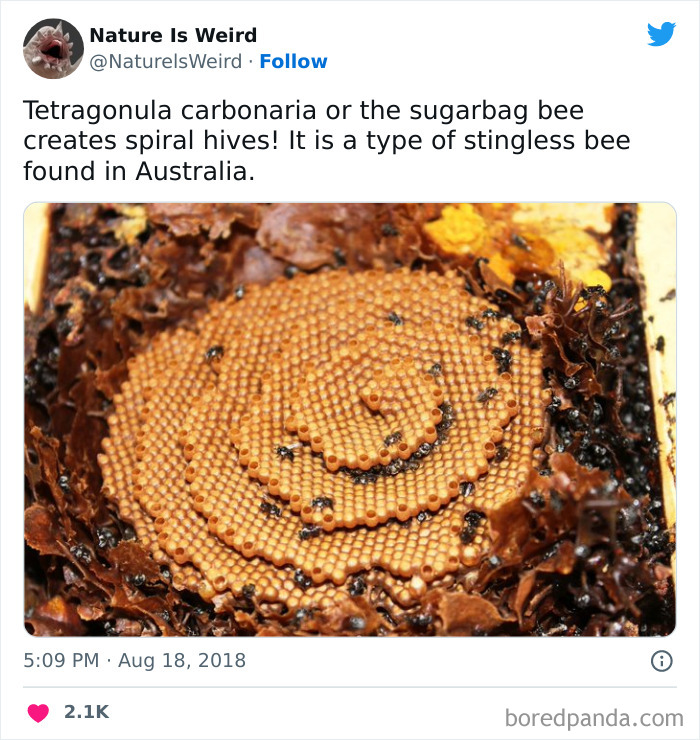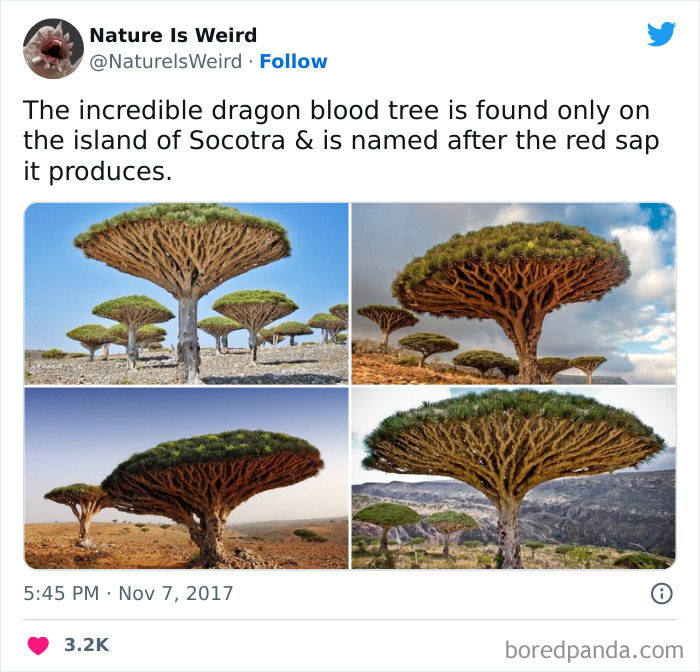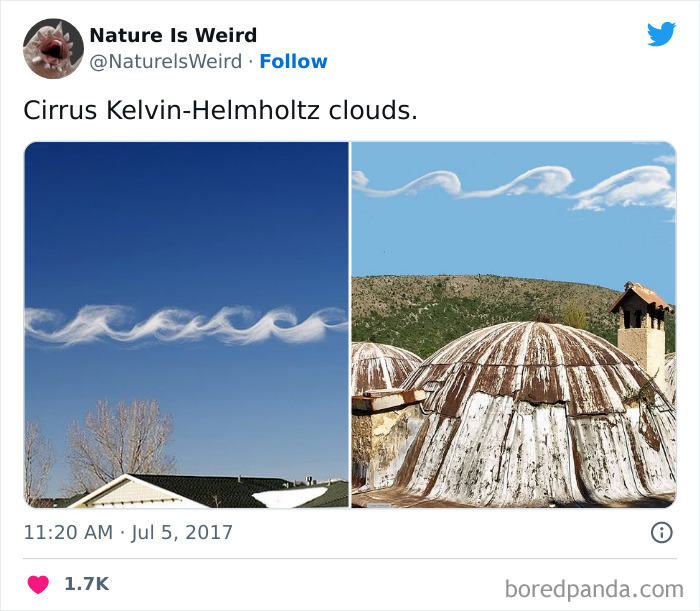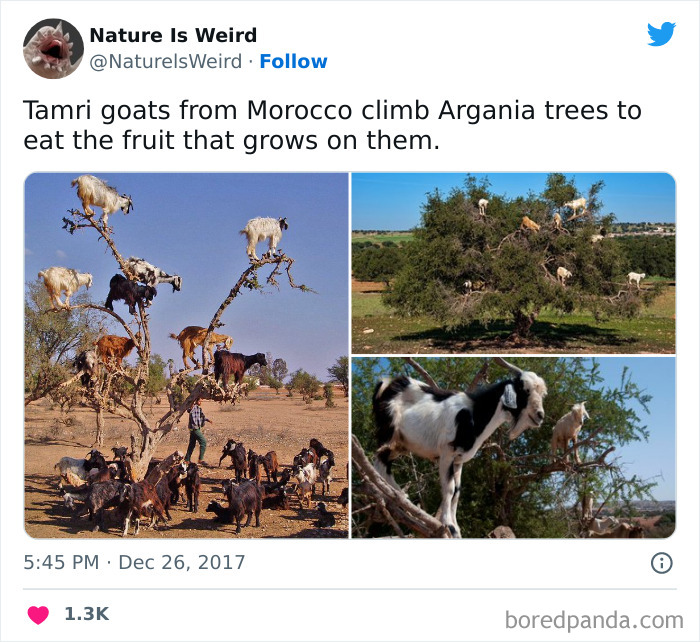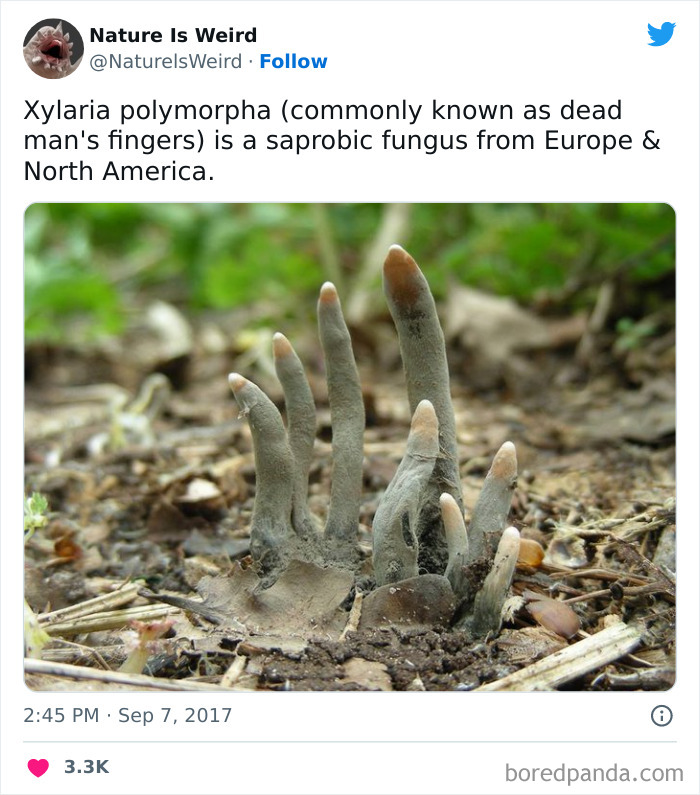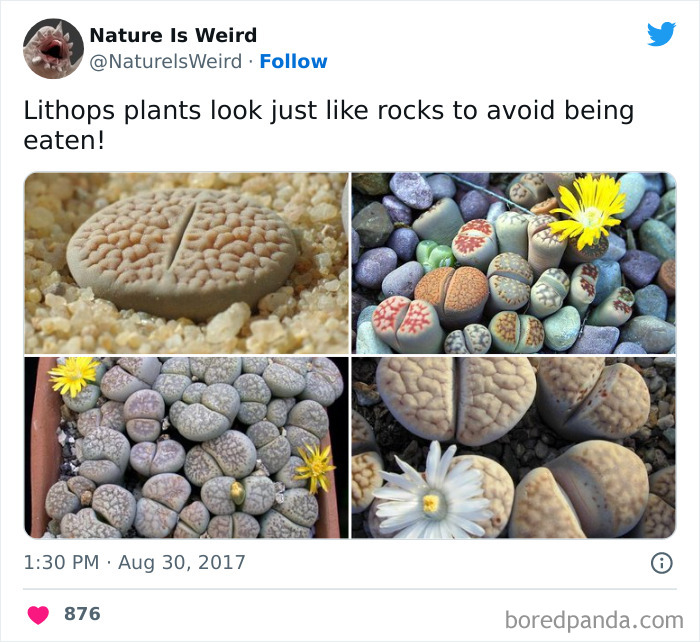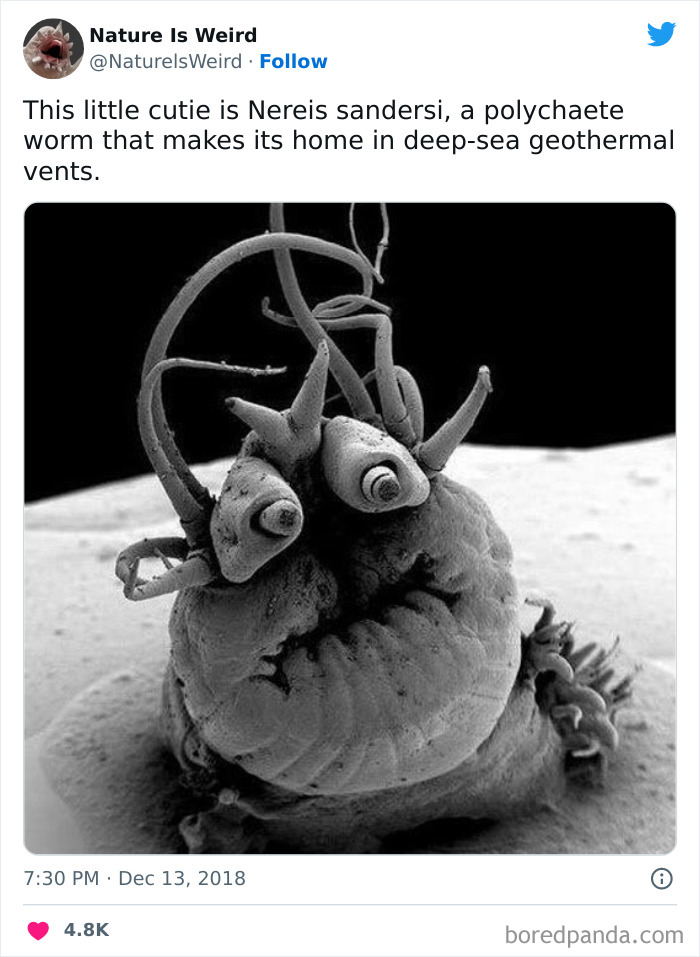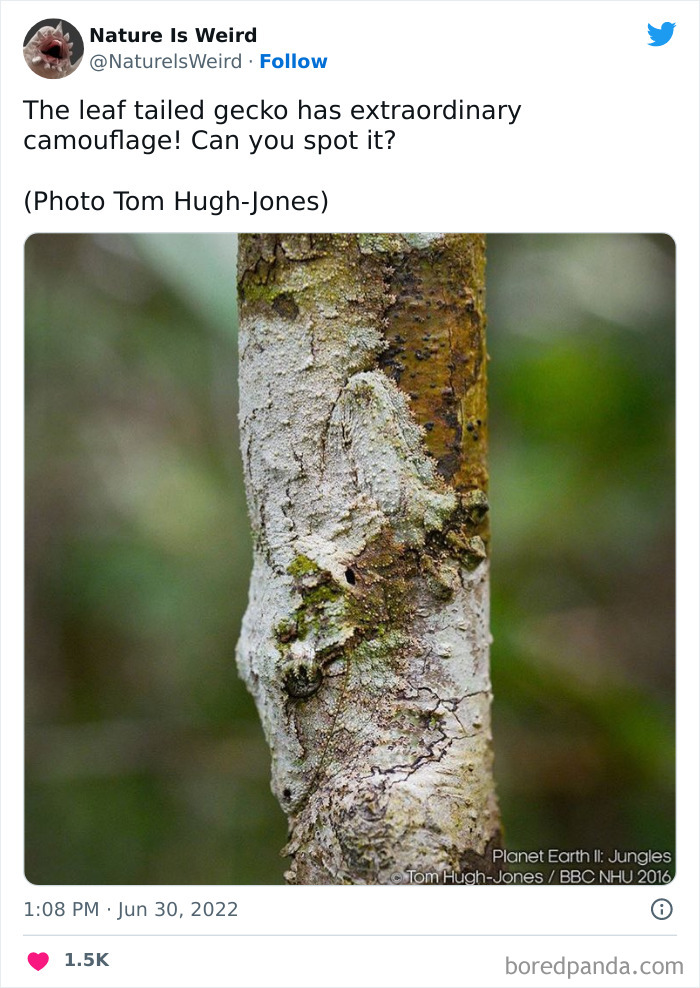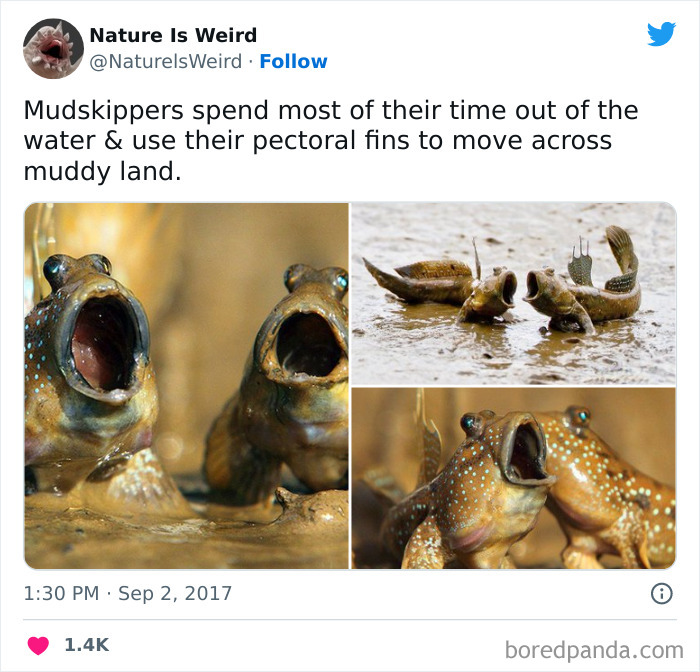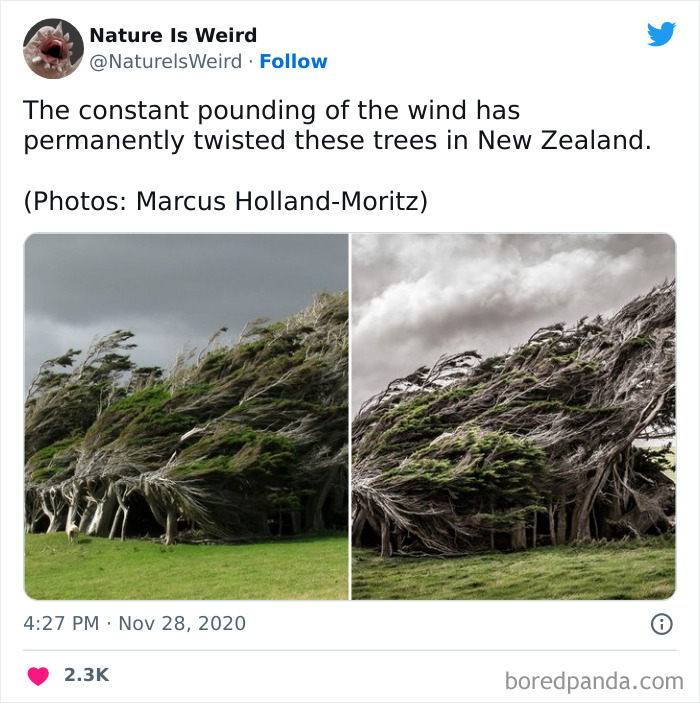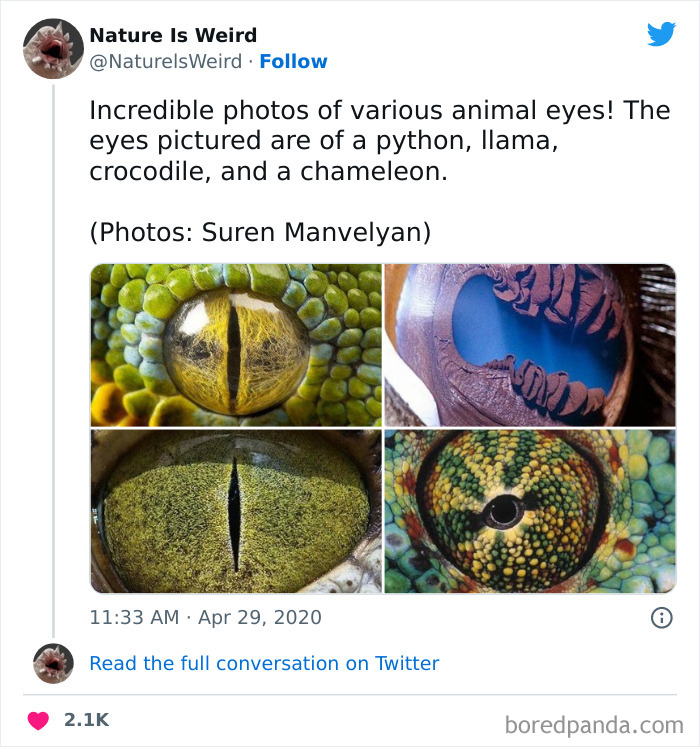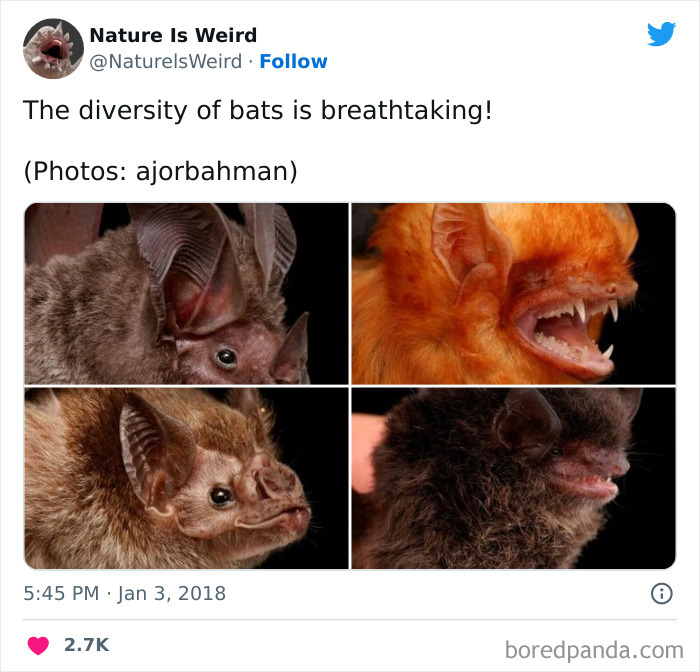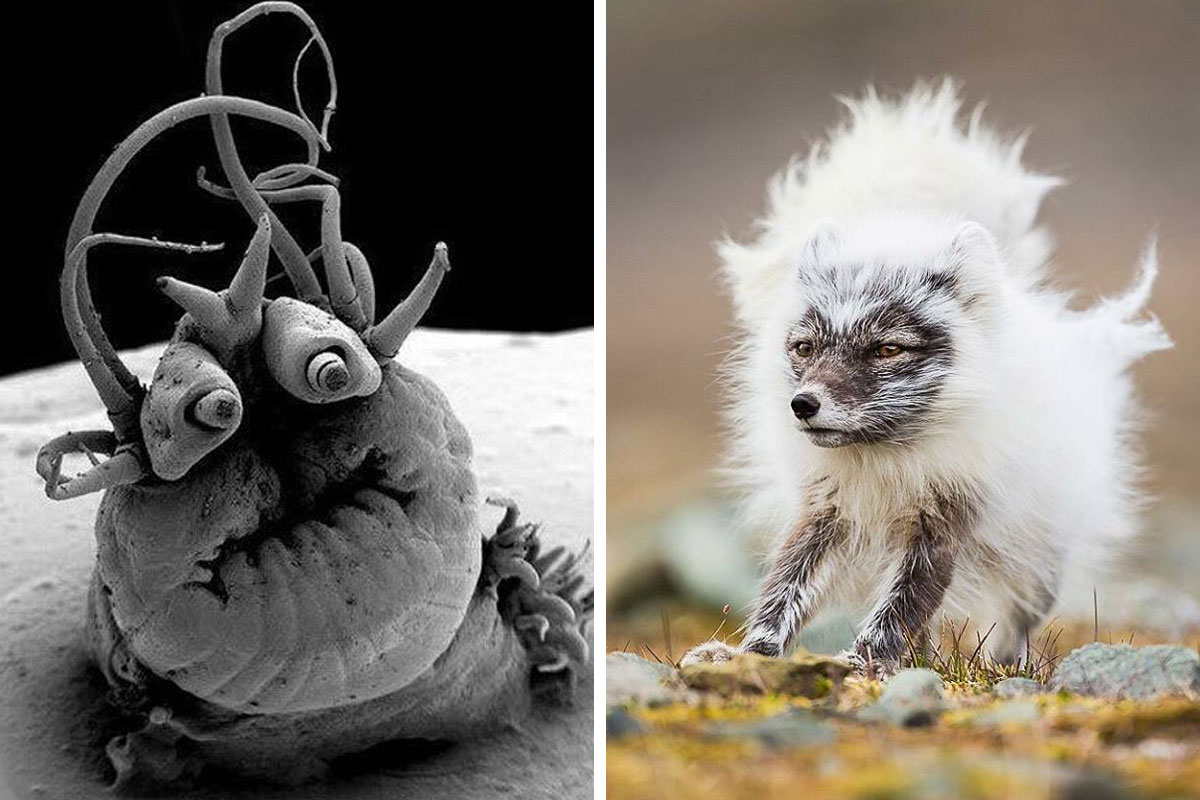
“Nature Is Weird”: 50 Interesting Pics And Facts About Mother Nature Shared By This Account
Now that everyone is obsessed with technology, from AI to space travel, we rarely look at what’s right in front of our noses.
So this time, we are taking a walk through Mother Nature, where you find bizarre deep sea creatures, the weirdest flowers, and breathtaking fungi. Thanks to the Twitter page “Nature Is Weird,” which boasts more than 100k followers, we have an excellent source for this miscellaneous entertainment.
According to the page’s bio, it’s dedicated to “tweeting the strangest plants, fungi, animals & geological formations nature has to offer!” so get ready to see some marvels of nature you have probably never heard about.
This post may include affiliate links.
It’s no secret that people are growing more distant from nature in today's world. Foraging expert and author Diego Bonetto, whose excellent book “Eat Weeds, a field guide to foraging: how to identify, harvest and use wild plants” educates people how to engage with wild food sources, transforming your neighborhood into an edible adventure, believes that it comes down to the fact that we are all very distracted.
Bonetto, who is an Italian native and has lived in Australia since the mid-1990s, where he spends his time guiding novices, chefs, and other professionals through the parks and outskirts of Sydney looking for hidden-in-plain-sight ingredients, explained: “So many things to do, so many things to watch, hear, experience, listen to, and hardly any of them are in or connected to nature.”
“Even when we go out in a park,” he argues, “or on a walk in the forest, we are often distracted and not present.”
Ancient wisdom, bestow upon me the meaning of life. .. *Ruff* ...sage wisdom you have.
According to Bonetto, “we have created a fast-paced world of instant gratification and technological distraction and seem to be forgetting all the simple things like smelling a flower, tasting a berry, being awestruck at how birds fly in the sky.”
Foraging for wild edibles can provide a great avenue to re-engage with nature, and you get free food in return, Bonetto argues. “It forces you to look, seek out, pay attention to shapes and colors, seasons and cycles. It fosters a new way to connect to your neighborhood, or local fields and forests, as you can progressively build a map of treasured colonies, trees and bushes, that you can come back to visit and look out for.”
Moreover, foraging turns you into a stakeholder for your local ecology, and that fosters care and connection.
Even little things like a walk in the park can have tremendous benefits on our mental health. Science backs up these benefits.
“People have been discussing their profound experiences in nature for the last several 100 years—from Thoreau to John Muir to many other writers,” researcher David Strayer of the University of Utah argues. “Now we are seeing changes in the brain and changes in the body that suggest we are physically and mentally more healthy when we are interacting with nature.”
In one recent experiment conducted in Japan, participants were assigned to walk either in a forest or in an urban center (taking walks of equal length and difficulty) while having their heart rate variability, heart rate, and blood pressure measured. The participants also filled out questionnaires about their moods, stress levels, and other psychological measures.
Results showed that those who walked in forests had significantly lower heart rates and higher heart rate variability (indicating more relaxation and less stress), and reported better moods and less anxiety, than those who walked in urban settings.
Scientists believe that being in nature offers a different kind of beneficial effect in reducing stress, which may be even stronger than the one produced by exercise alone.
Moreover, in a series of experiments published in 2014, Juyoung Lee, GGSC director Dacher Keltner, and other researchers at the University of California, Berkeley, looked at the potential impact of nature on the willingness to be generous, trusting, and helpful toward others, while considering what factors might influence that relationship.
After being exposed to the more beautiful nature scenes, participants acted more generously and more trusting in the games than those who saw less beautiful scenes, and the effects appeared to be due to corresponding increases in positive emotion.
But although the benefits of being in nature are obvious, people’s disconnection from nature has been growing rapidly. A recent study conducted by professors Selin Kesebir and Pelin Kesebir uncovered a shrinking of nature in our collective imagination and cultural conversation. They looked at millions of fiction books, thousands of songs, and hundreds of thousands of movie and documentary storylines.
What they found was that nature features significantly less in popular culture today than it did in the first half of the 20th century, with a steady decline after the 1950s. In fact, for every three nature-related words in the popular songs of the 1950s, for example, there is only slightly more than one 50 years later.
Note: this post originally had 135 images. It’s been shortened to the top 50 images based on user votes.
This is why we haven't met aliens yet - they came to study us, and there's so much fascinating stuff in nature, they haven't got round to dull old humans.
It seems orchids are winning in the weird category. There are so many examples here.
This is why we haven't met aliens yet - they came to study us, and there's so much fascinating stuff in nature, they haven't got round to dull old humans.
It seems orchids are winning in the weird category. There are so many examples here.
